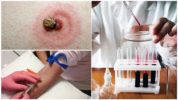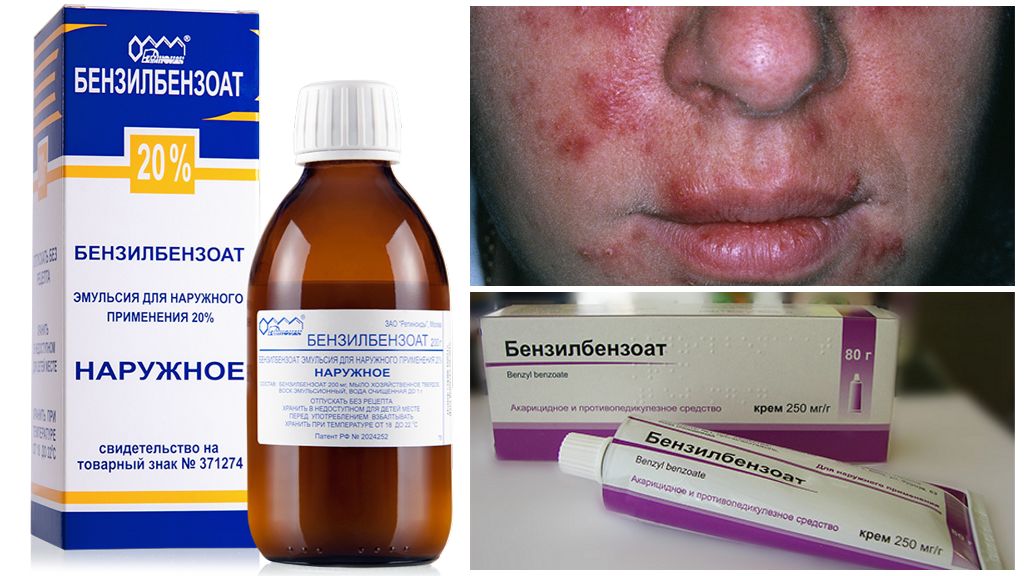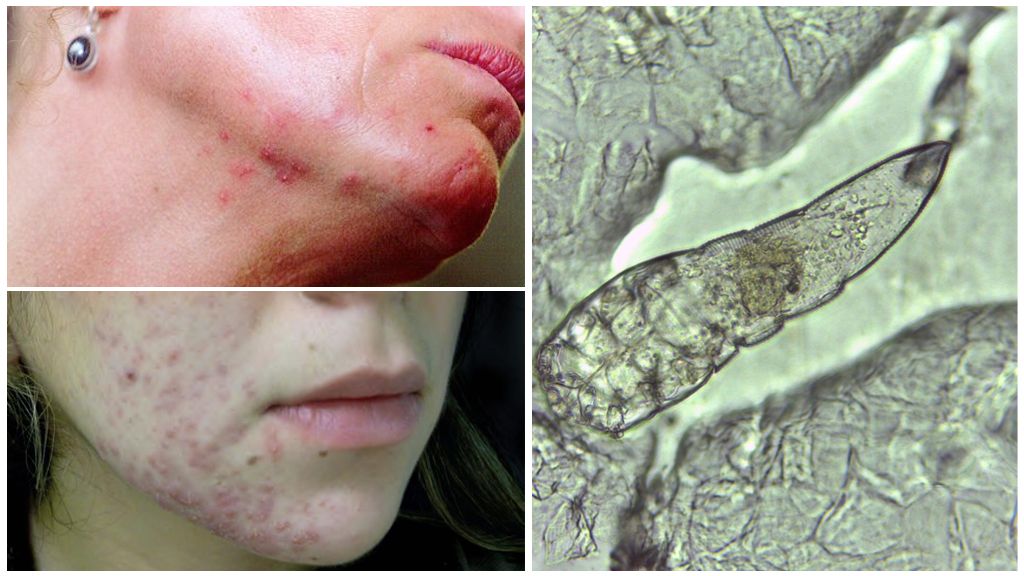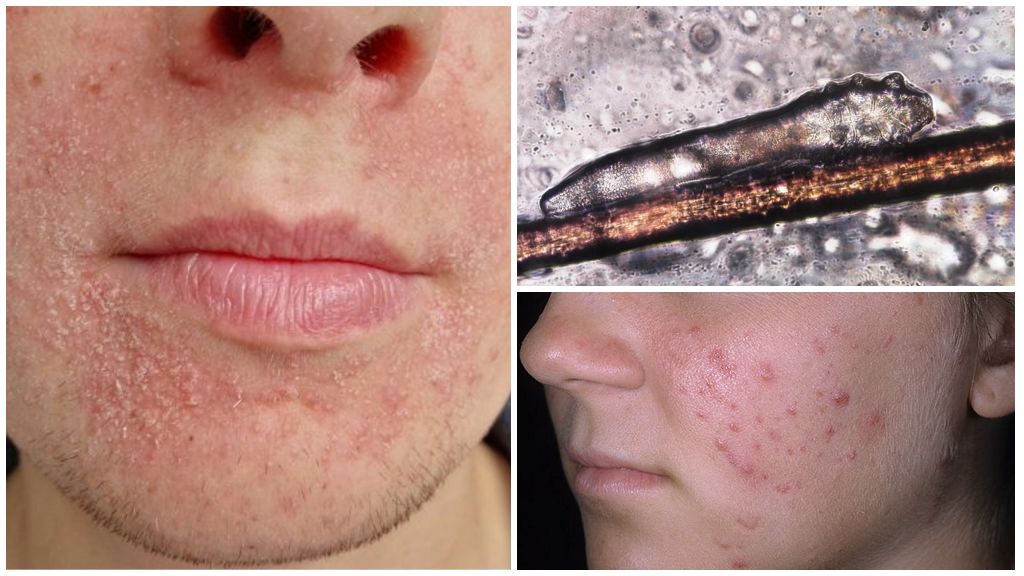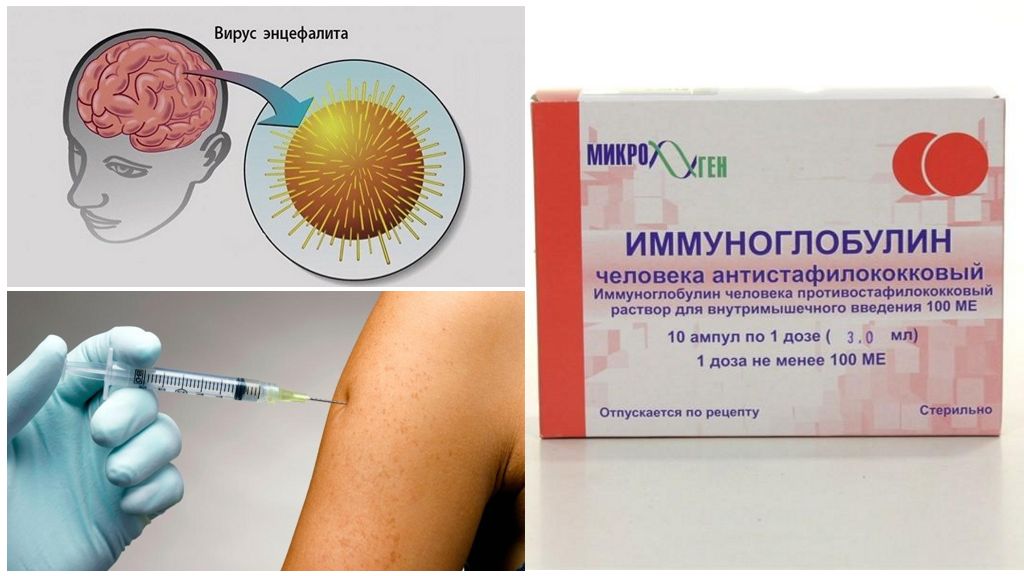- Tick Analysis
- Blood test after a tick bite
The analysis of the tick in Invitro is carried out by several methods, carried out as soon as possible. Diagnostics is carried out by highly qualified specialists, modern equipment is used that meets the requirements of European quality. A blood test for borreliosis in Invitro, tick-borne encephalitis is carried out on time, the results can be found in person by talking to a specialist, by phone, or by e-mail.
What is Invitro
Russian company providing services in the field of laboratory diagnostics. Laboratories are located in 200 cities of the Russian Federation; there are representative offices in other countries of the former CIS. Diagnostics is carried out by highly qualified specialists using modern equipment.
The main advantage of the center is round-the-clock work. Information about the closest location of the laboratory can be obtained on the official website of the clinic. An appointment is agreed by telephone. The results, depending on the research methods, are ready on the day of delivery of the material or within 2 weeks. You can recognize them in a personal conversation with a doctor, by phone, by e-mail.
How to pass a tick for analysis
After detection of the parasite, it must be removed immediately. Experts recommend contacting the clinic, emergency room. Subsequently send tick for analysis.
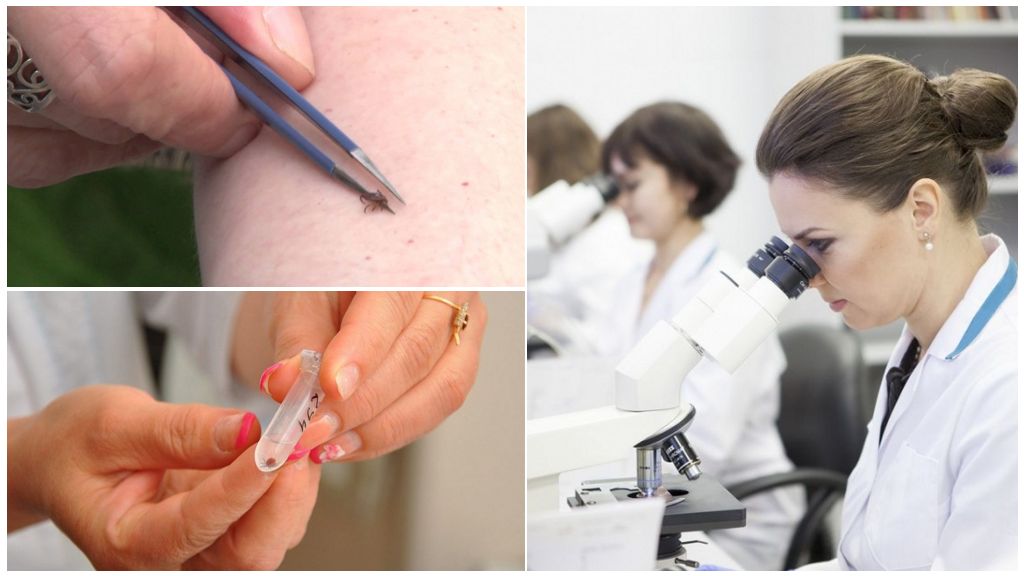
On a note!
Allowed self extraction using thread, tweezers, special fixture, napkins, but in this case the risk increases head separation. Part of the body of the pest remains under the skin, in the presence of the virus in the blood tick human infection occurs encephalitis. Borreliosis transmitted by bite through saliva. A full examination can be carried out if the arachnid remains alive or whole.
After removing the parasite, it is placed in a glass jar, where a cotton wool moistened with water is initially placed. Send for analysis should be within 2 days. When contacting Invitro, it is necessary to clarify whether they accept a dead tick for research, in parts. In case the removal was not entirely successful.
Tests after a tick bite
In the Invitro laboratory, the tick is analyzed for encephalitis, borreliosis, and the patient's blood is examined for the presence of pathogens of viral, bacterial infection.
- Encephalitis. The study must be done 14 days after tick bite. Earlier exercise diagnosis of encephalitis impractical, since the virus, bacteria will not manifest themselves. In laboratory diagnostics, serological testing methods are used, as a result of which the presence of specific IgM, IgG antibodies is determined. In Invitro, these are tests No. 267, No. 268.
- PCR studies when examining a tick make it possible to determine whether it is contagious or not. Even arachnid fragments are suitable as a material for research. The data of serological examination are compared with clinical, epidemiological.
- Lyme disease. The main diagnostic method is PCR for borreliosis. The articular, cerebrospinal fluid acts as a biomaterial.Apply in case of low information content of serological methods. Additionally, blood is examined for the presence of antibodies - immunoblot, chemiluminescent immunoassay. Screening for borreliosis it is advisable to carry out 14 days after infection.
- Demodecosis. The spread of the disease are microscopic demodex mites. They live in the sebaceous ducts, sweat glands, and hair follicles. Demodecosis test carried out in the laboratory after scraping from the affected skin. The result is ready within a day.
The main preventive measure against a deadly disease is tick-borne encephalitis vaccine. In the Invitro clinic, they also do it, but not in all cities. Information needs to be clarified.

